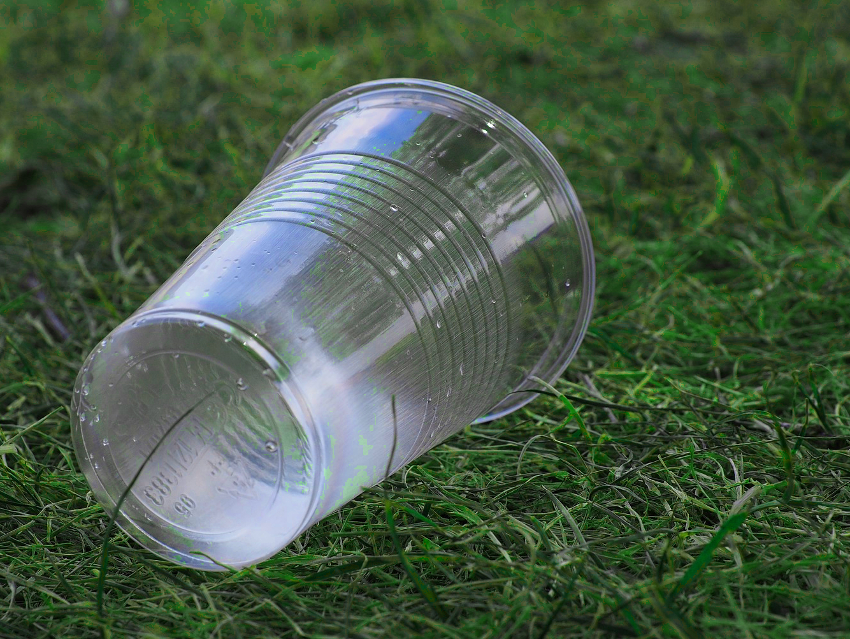Polymers with aromatic monomers, such as polystyrene or poly(ethylene terephthalate) (PET), are very commonly used. Tuning their properties during polymerization, however, can be challenging for process development. Post-polymerization modification (PPM) is a more practical approach for this. It could also be useful to modify the properties of waste plastics, which could enable the upcycling of this waste into new materials.
Frank A. Leibfarth, and colleagues, University of North Carolina at Chapel Hill, USA, have developed a method for the C–H functionalization of aromatic polymers using electrophilic radicals. Electron-rich or electron-neutral aromatic compounds can easily react with electrophilic radicals. The team used trifluoroacetic anhydride (TFAA) as a source of fluoroalkyl radicals, pyridine N-oxide as an oxidizing agent, and Ru(bpy)3Cl2 (bpy = 2,2′-bipyridine) as a catalyst to functionalize, e.g., polystyrene under blue light.
The resulting trifluoromethylated polymer’s composition can be tuned by varying the reaction conditions. The modified polymers are thermally stable. The team also tested the method using polystyrene waste, which is difficult to recycle. They found basically the same reactivity as for pristine polystyrene and obtained a value-added trifluoromethylated product. The method can also be used for other commercially used aromatic polymers and with other fluoroalkyl anhydrides or acyl chlorides as radical sources.
- Upcycling aromatic polymers through C–H fluoroalkylation,
Sally E. Lewis, Bradley E. Wilhelmy, Frank A. Leibfarth,
Chem. Sci. 2019.
https://doi.org/10.1039/c9sc01425j



